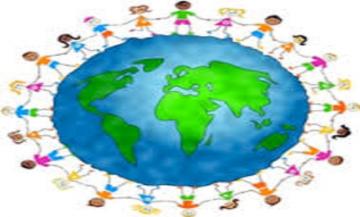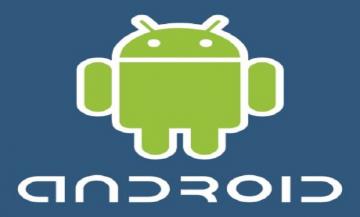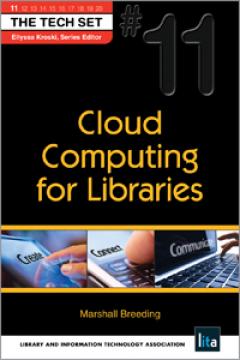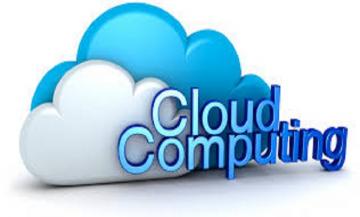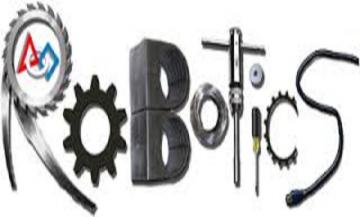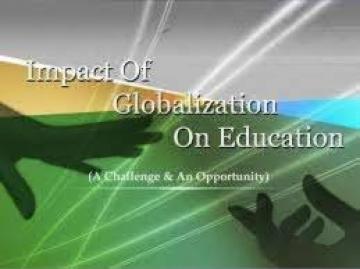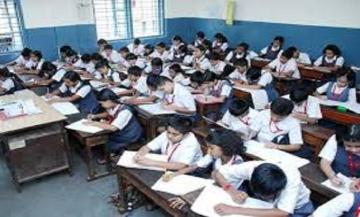News
Best MBA College in Indore
Almost everyone sincerely believes that he or she listens effectively. Consequently, very few people think they need to develop their listening skills. But, in fact, listening effectively is something that very few of us can do. It's not because listening effectively is so difficult. Most of us have just never developed the habits that would make us effective listeners.
Effective listening is actively absorbing the information given to you by a speaker, showing that you are listening and interested, and providing feedback to the speaker so that he or she knows the message was received. Delivering verbal communication, like writing
Inclusive Education: Need of the hour
Inclusive education happens when children with and without disabilities participate and learn together in the same classes. Research shows that when a child with disabilities attends classes alongside peers who do not have disabilities, good things happen.
For a long time, children with disabilities were educated in separate classes or in separate schools. People got used to the idea that special education meant separate education. But we now know that when children are educated together, positive academic and social outcomes occur for all the children involved.
We also know that simply placing children with and without disabilities together does not
Android (operating system)
Android (from its former owner Android, Inc.) is a mobile operating system (OS) currently developed by Google, based on the Linux kernel and designed primarily for touchscreen mobile devices such as smartphones and tablets. Android's user interface is mainly based on direct manipulation, using touch gestures that loosely correspond to real-world actions, such as swiping, tapping and pinching, to manipulate on-screen objects, along with a virtual keyboard for text input. In addition to touchscreen devices, Google has further developed Android TV for televisions, Android Auto for cars, and Android Wear for wrist watches, each with a specialized user interface.
Application of Cloud Computing In University Libraries
Cloud computing is a process that provides services on virtual machines that are allocated on the top of large physical machine pool. In Cloud Computing the information is permanently stored on the internet servers and it can be cached by the users temporarily. The name cloud computing has probably evolved from the cloud’s image which is used to represent the Internet or any large network environment. Nobody really cares much about what is in
Cloud computing
In Computer science, cloud computing describes a type of outsourcing of computer services, similar to the way in which electricity supply is outsourced. Users can simply use it. They do not need to worry where the electricity is from, how it is made, or transported. Every month, they pay for what they consumed.
The idea behind cloud computing is similar: The user can simply use storage, computing power, or specially crafted development environments, without having to worry how these work internally. Cloud computing is usually Internet-based computing. The cloud is a metaphor for the Internet based on how the
Robotics
Robotics is called the branch of mechanical engineering, electrical engineering and computer science that deals with the design, construction, operation, and application of robots, as well as computer systems for their control, sensory feedback, and information processing.
These technologies deal with automated machines that can take the place of humans in dangerous environments or manufacturing processes, or resemble humans in appearance, behavior, and or cognition. Many of today's robots are inspired by nature contributing to the field of bio-inspired robotics.
The concept of creating machines that can operate autonomously dates back to
Air pollution in India
Air pollution in India is quite a serious issue with the major sources being fuel wood and biomass burning, fuel adulteration, vehicle emission and traffic congestion. In autumn and winter months, large scale crop residue burning in agriculture fields - a low cost alternative to mechanical tilling - is a major source of smoke, smog and particulate pollution. India has low per capita emissions of greenhouse gases but the country as a whole is the third largest after China and the United States. A 2013 study on non-smokers has found that Indians have 30% lower lung function compared to Europeans.
The Impact of Globalization on Education
Globalization is simply a new form of Capitalism. It certainly couldn’t be that simple. It is definitely a much more complex, far reaching concept, influencing almost every aspect of our lives. Globalization is a kind of standardization or harmonization. In the world of international business and industry, standardization insures consistent quality and a common basic for cooperation. The Influence of globalization is not limited to governmental and economic situation. Such diverse areas as fashion, language, education, cultural value, art, laws and societies can be significantly influenced, and a more subtle influence can be felt on all aspects of human activity.
THE ESSENCE OF EDUCATION
From education we get knowledge, we grow and develop more in the life. Being well educated never only means to earn certificates and good salary from the recognized and reputed organization companies or institutions; however it also means to be a good and social person in the life. It helps us to determine whether something is good or bad for us and other persons related to us. The first purpose of getting good education is being good citizen and then being successful in personal and professional life. We are incomplete without a good education because education makes us right thinker
Status of Primary as an Elementary Education in India
Primary education is often referred to as elementary education. The framers of Indian constitution did not initially include ‘Education’ as one of the fundamental rights. However, the Right to Education has later been included as a fundamental right in India. The Right to Education Act (RTE) came into force on 1st April, 2010. Every child aged between 6 and 14 years are entitled to free elementary (primary) education.
Article 21A was inserted in Constitutional Amendment of 2002 to include education as a fundamental right. It also specified the necessity of a separate legislation to deal with the implementation process of right to education. A


